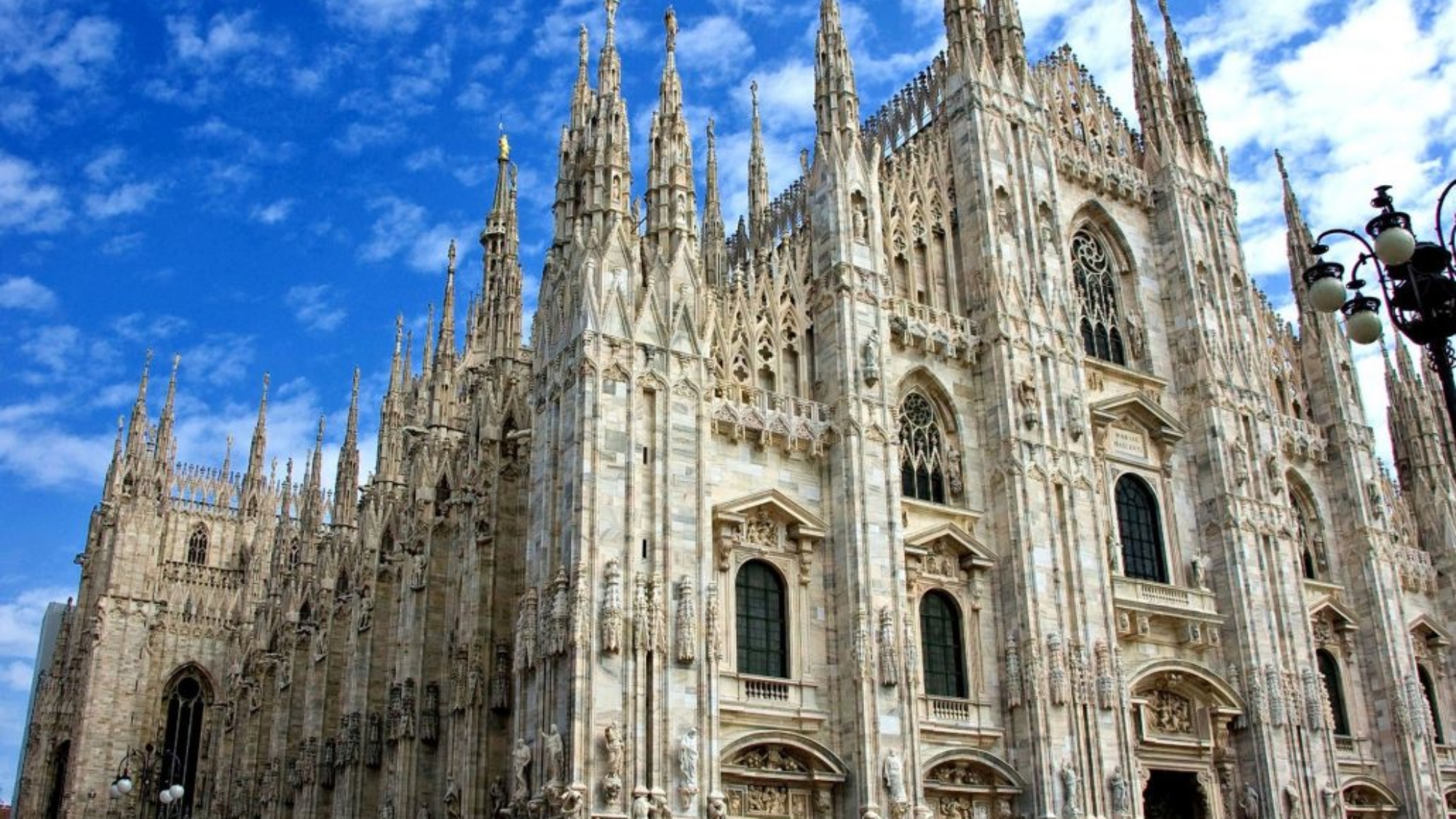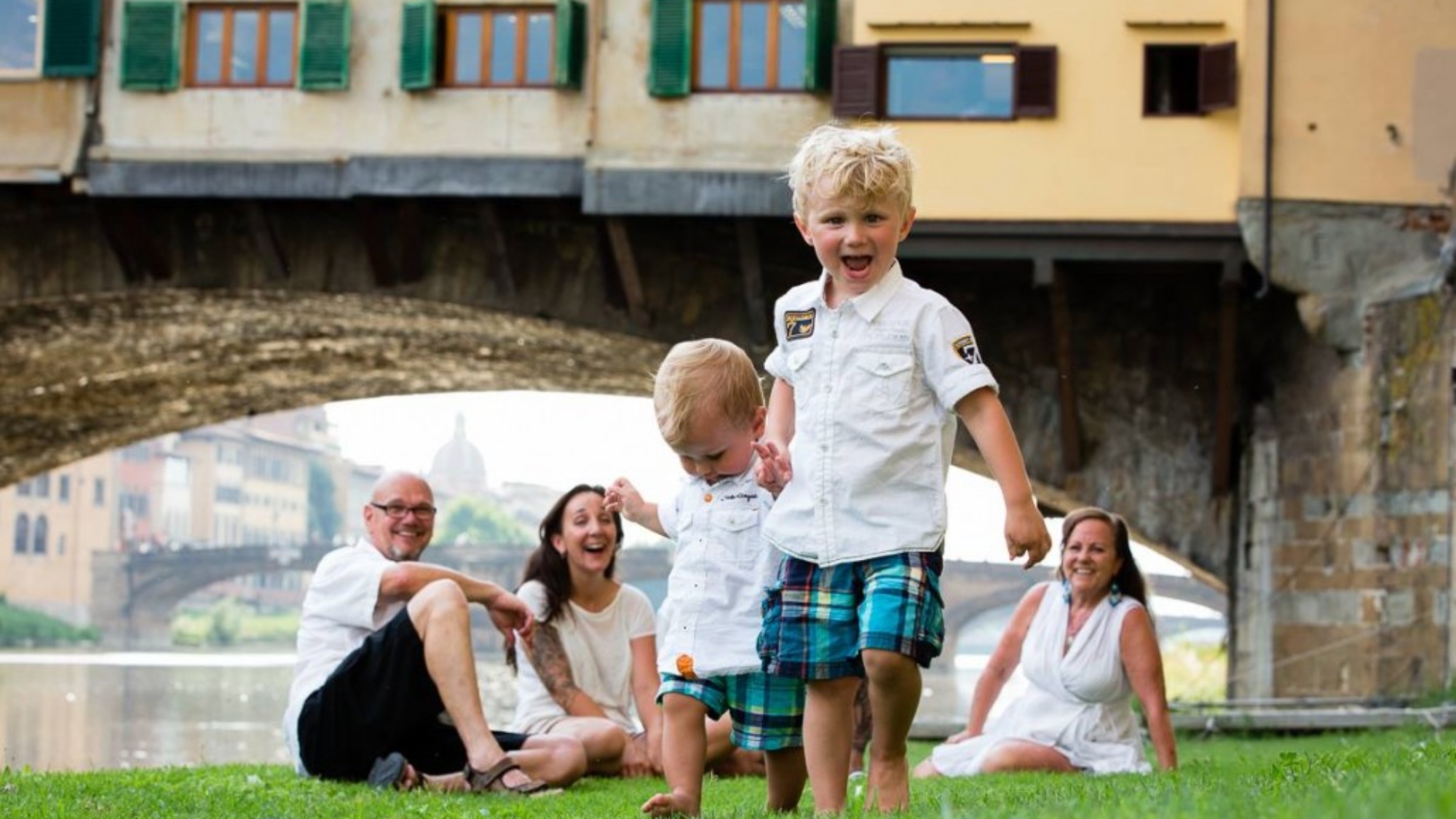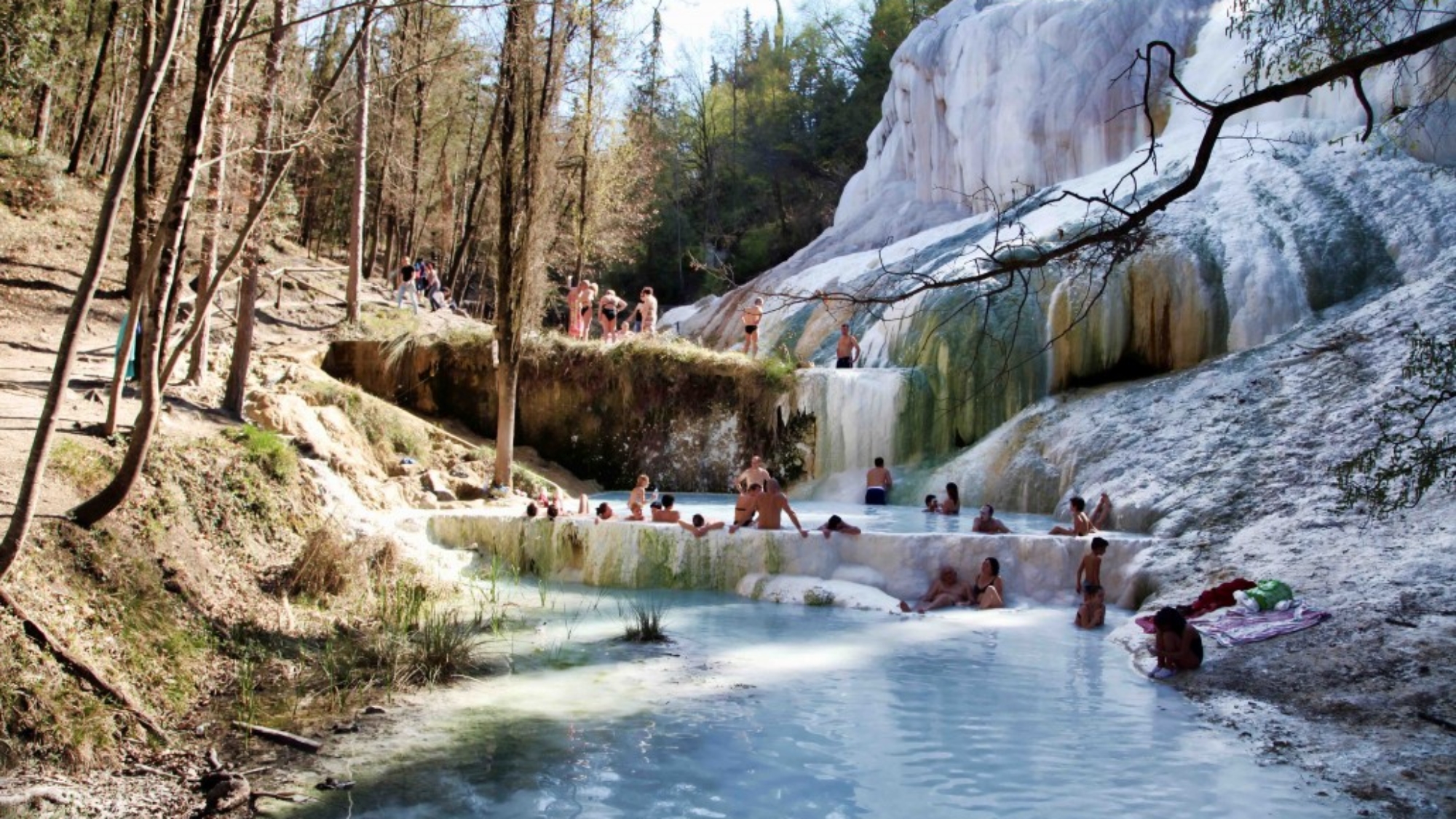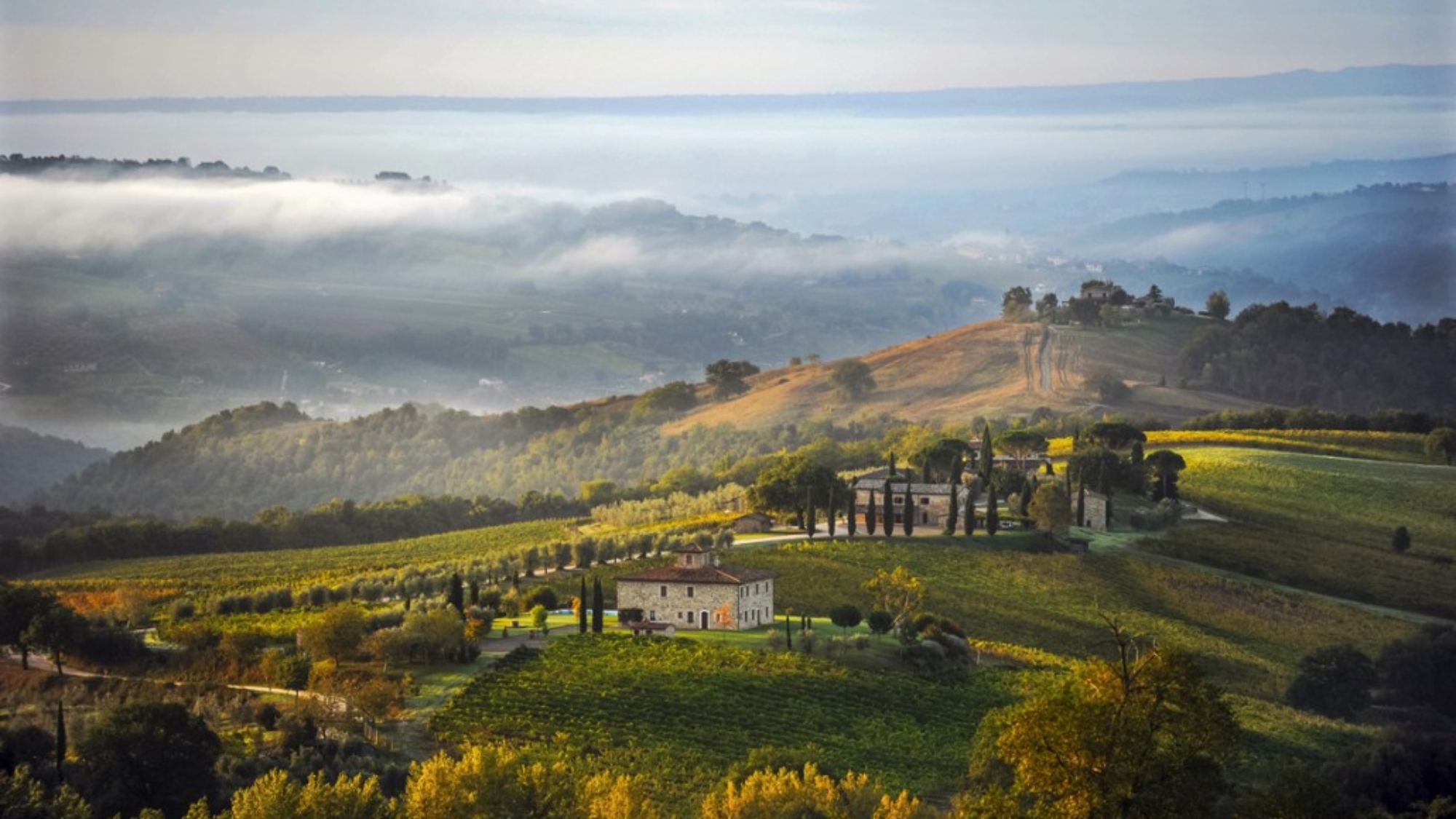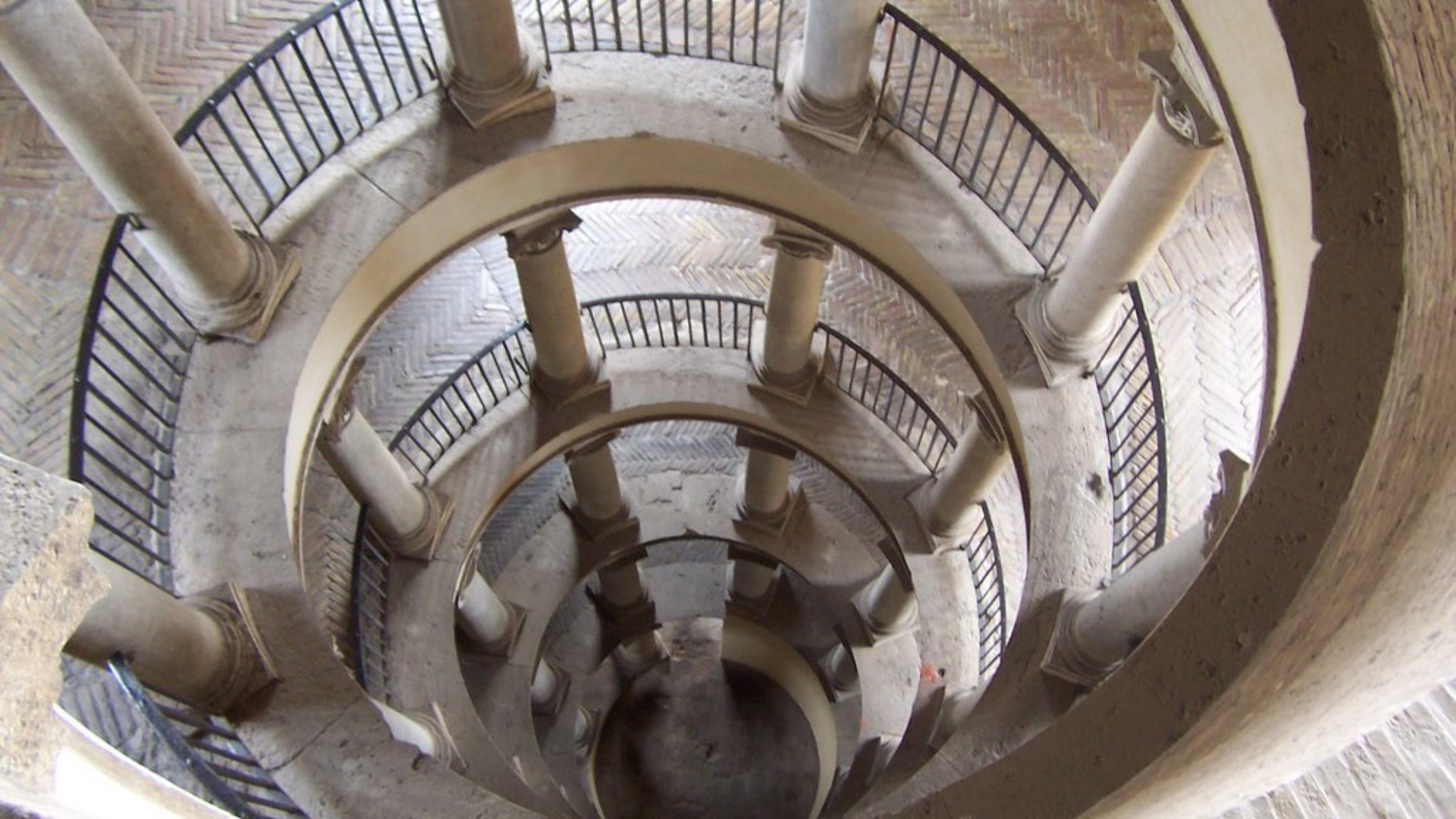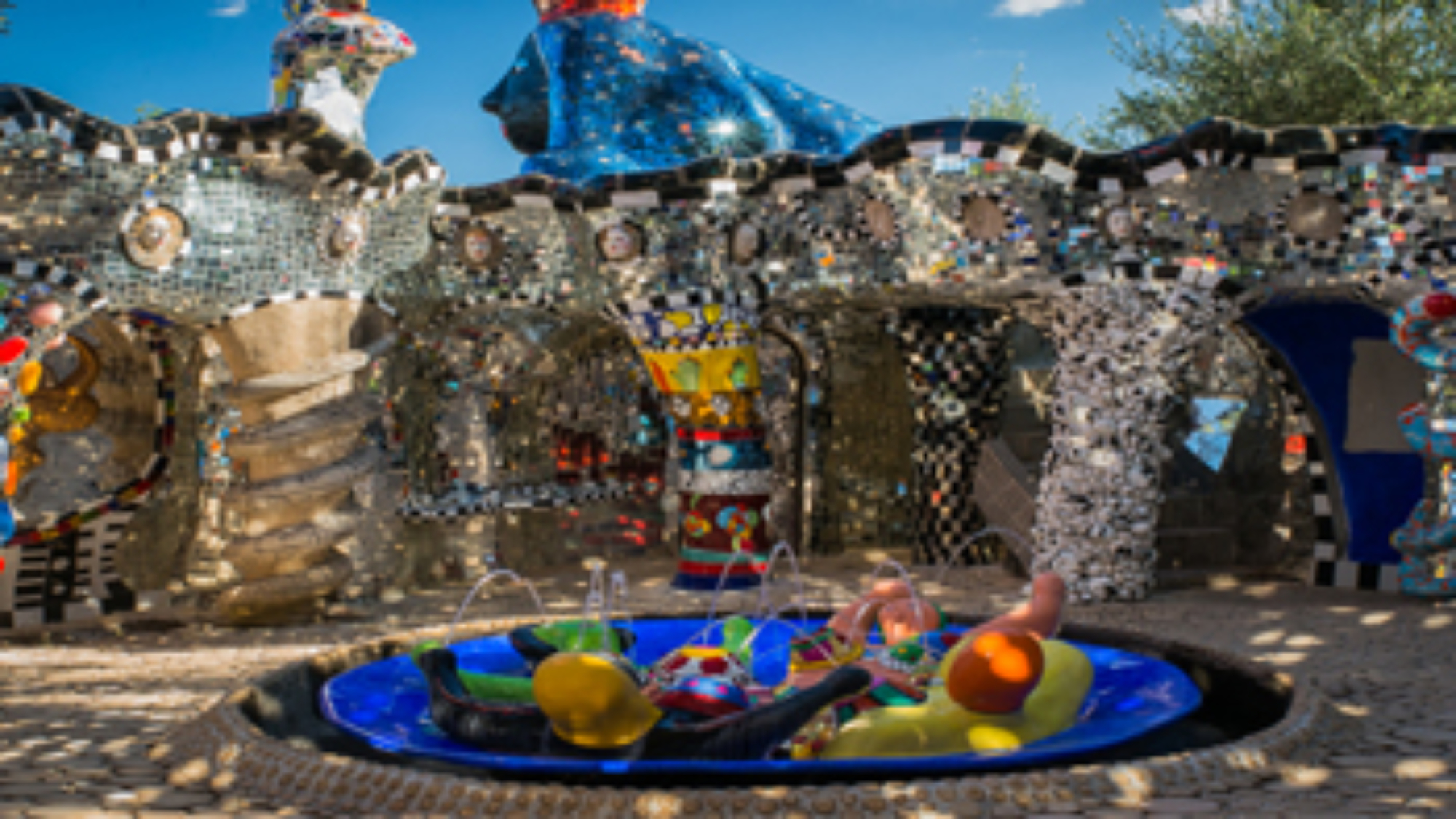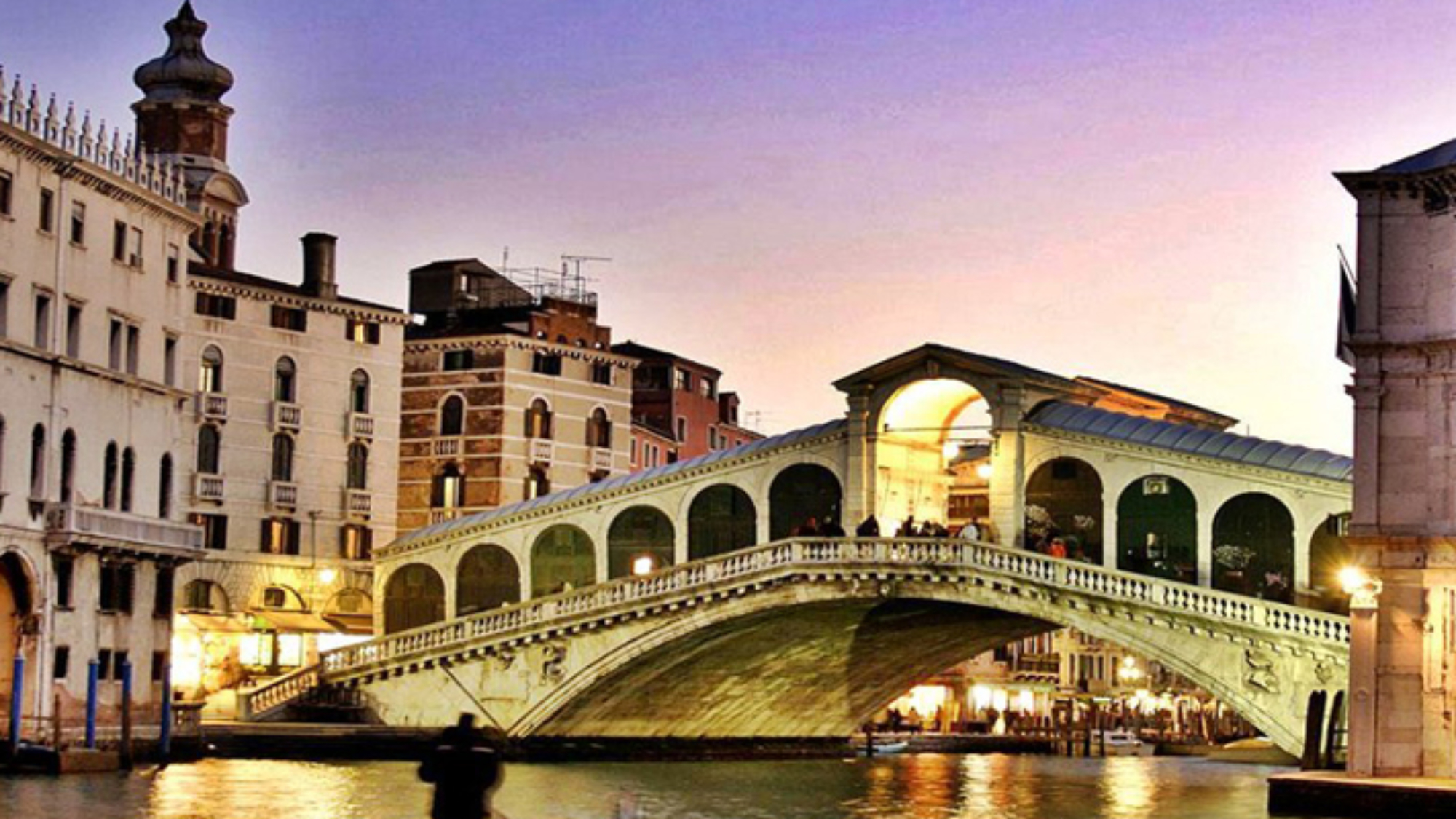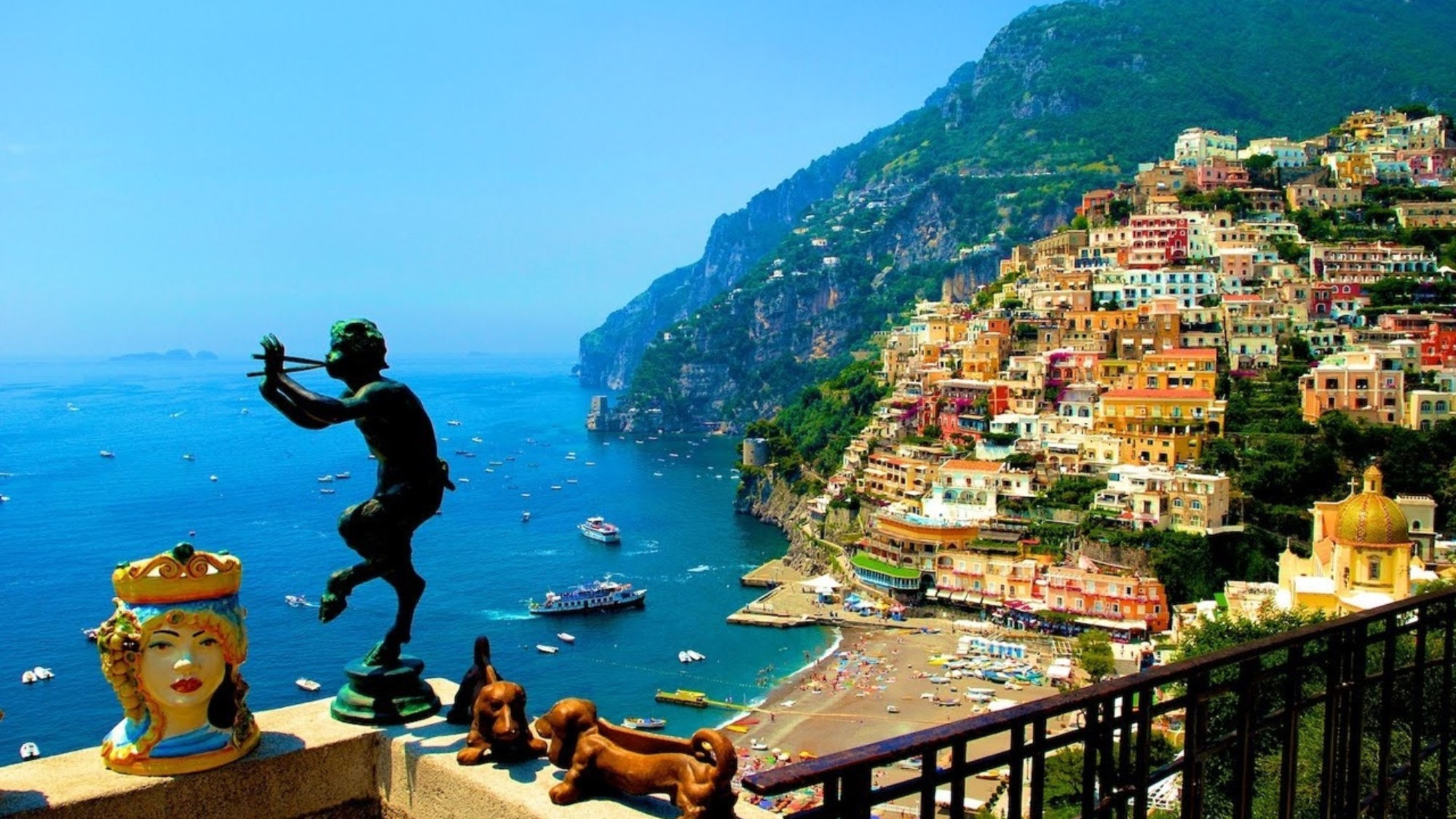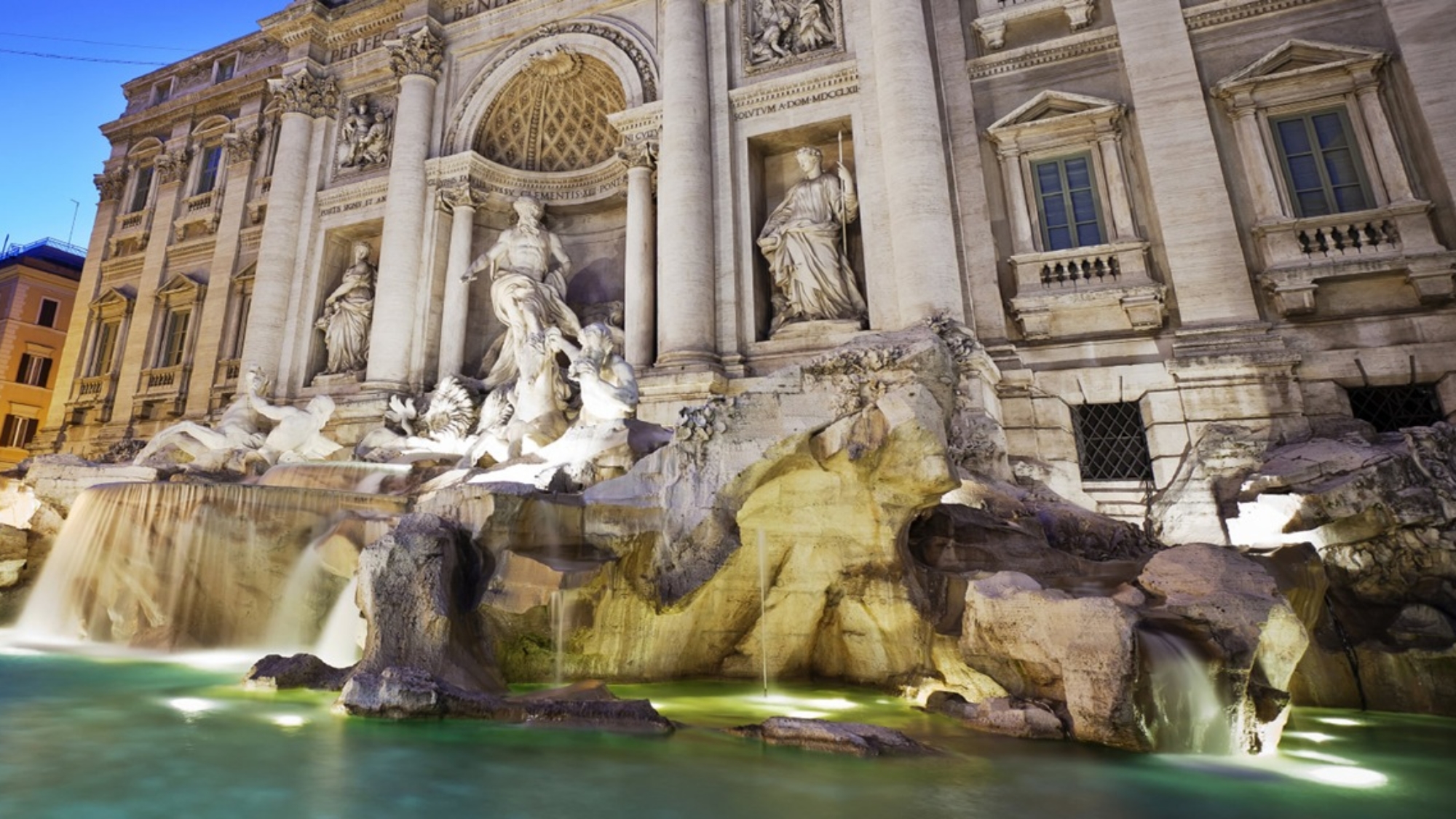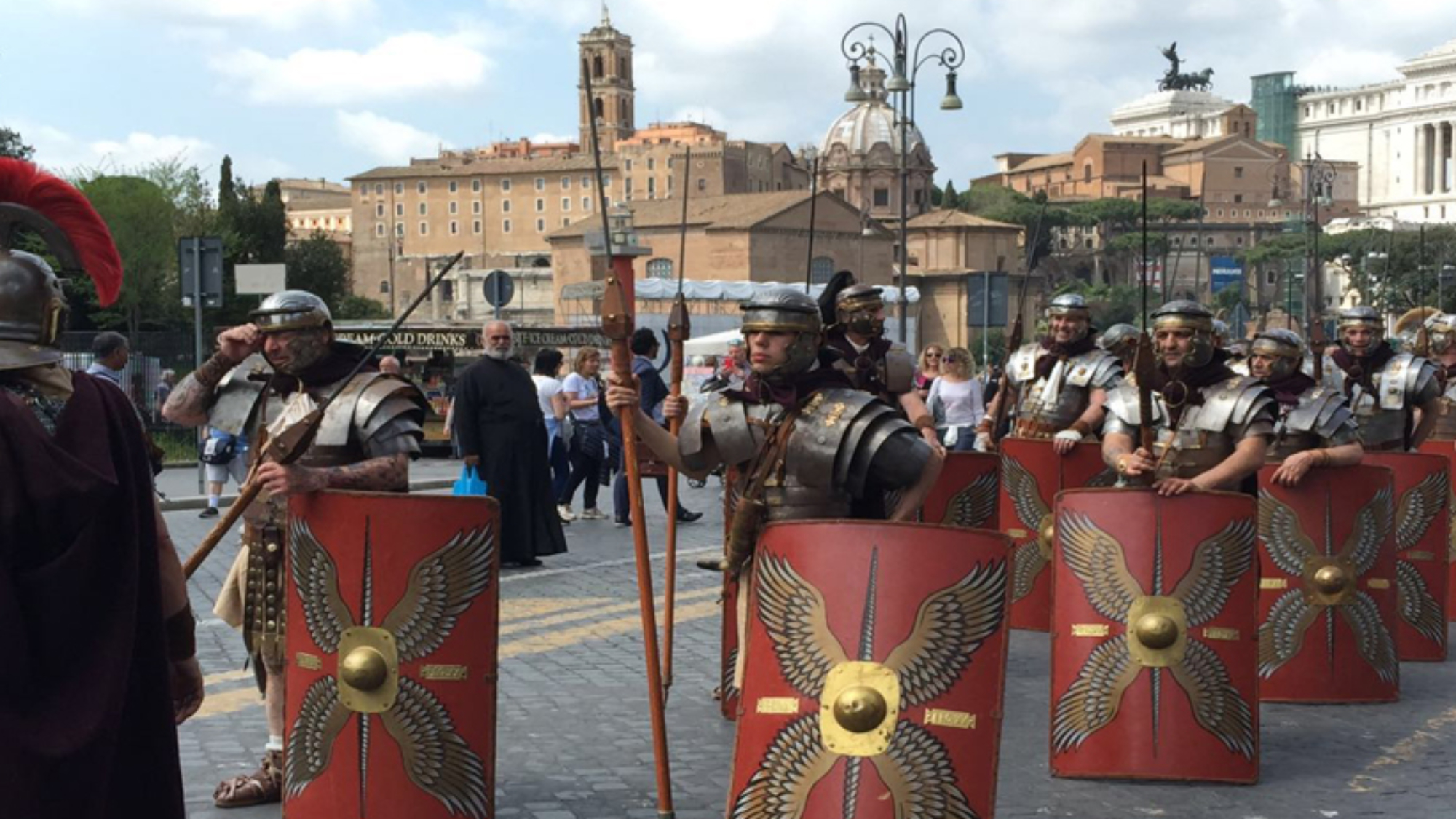Unlike Rome, Florence or Venice, Milan is not one of the first destination travelers have in mind when thiking about Italy. Nonetheless there are so many things to see in Milan that will make a weekend in the city an unforgettable one: here are our 10 favourites!
- Admire Milan from the roof of the Duomo
Milan’s Duomo, the ‘hedgehog’, as D.H. Lawrence once nicknamed it, hosts countless treasure inside its walls, but it’s on its roof that you can enjoy the best this building has to offer. Climb up to the top of the Church and you will admire a marble forest of more than 3,000 statues and more than a 100 spires, delicately set on flying buttresses. Bonus: if you visit the Duomo on a bright, sunny day you will get to see the white tops of the Alps!
- Wonder for 15 minutes at Leonardo Da Vinci’s “Last Supper”
If you are lucky enough to get hold of a ticket to see Leonardo Da Vinci’s “Last Supper” you will only have 15 minutes to admire it. But it will probably the best 15 minutes of your Milan adventure. The refectory (“cenacolo” in Italian) that hosts the 15th century mural painting is a building attached to the church of Santa Maria delle Grazie, a Dominican convent included in the UNESCO World Heritage sites list.
- Walk on the red velvet of Teatro alla Scala
The Theatre “Alla Scala” in Milan, is surely on of the best Things to See in Milan, one of the symbol of the city . In the “Temple of Opera” the most important plays are represented all over the year. Its neo-classical, simple façade is in contrast with the rich interior, made of red velvet, gilded balconies and glittering chandeliers. Tickets to opera and ballet performances are not difficult to obtain: check out La Scala’s superb programme on the Theatre website. (http://www.teatroallascala.org/en/season/2016-2017/index.html)
- Immerse yourself in Classical Art…
If you want to admire some of the best classical Art Galleries in Italy you can dedicate a day to visit the Pinacoteca di Brera. This art gallery is hosted in an imposing palace which contains also a Botanical Garden, an Academy of Fine Arts and an astronomical observatory. The Gallery contains many works Napoleon got hold of during his life, like the Dead Christ by Mantegna and Supper At Emmaus by Caravaggio. Equally worth a visit is the Pinacoteca Ambrosiana, once an Academy of Fine Arts founded in 1618 by Cardinal Federico Borromeo. Main aim of the Academy was to educate new generations to art, displaying stunning works of art by Leonardo da Vinci, Botticelli, Raffaello, Bramantino, Titian, Caravaggio, and Francesco Hayez, as well as copies of other masterpieces, like the “Pietà” by Michelangelo, the Laocoon group and the Last Supper.
- … but don’t forget to see some modern art!
Both open since 2010, Museo del Novecento (1900s Museum) and Gallerie d’Italia (Italy’s Galleries) are perfect to observe some beautiful pieces of modern art. In the Museo del Novecento 400 pieces by Picasso, Braque, Modigliani, Matisse, Futurists painters and Italian artist from the 50s and 60s. Gallerie d’Italia, located in front of “La Scala” theatre, is an Art Gallery owned by “Intesa San Paolo”, one of Italy’s biggest banks. Works of Art are displayed in two different rooms, one dedicated to the 19th century ad one to the 20th century. In the first one you can admire works by Canova, Boccioni and other futurist artists, while in the second one countless works by Italian artists of the whole 20th century are displayed next to international masters, such as Picasso, Kandinsky and Warhol.
- Shop in the oldest shopping mall: Galleria Vittorio Emanuele
Symbolized by its glass-and-iron dome and enriched with mosaics and marble floors, the Galleria Vittorio Emanuele arcade is Milan’s most glamorous shopping mall. The first shop by Prada opened here in 1913, then Gucci, Louis Vuitton, Armani and Versace chose to open a branch in this gallery. When you are inside Galleria Vittorio Emanuele don’t forget to spot the floor mosaic depicting a bull and spin your heels in the hole where the animal’s testicles should be: it brings good luck!
- Visit the Sforza’s Castle and Michelangelo’s unfinished masterpiece
The Sforza’s Castle (or “Castello Sforzesco”, in Italian) is a Renaissance residence, built on what remained of a 14th century Fortress. Its two rounded turrets, courtyards and passageways are alone worth the visit, but this building also hosts a series of Museums and one of the most overlooked piece of art in Milan, the “Pietà Rondanini”, an unfinished sculpture by Michelangelo. The marble sculpture was moved in the former Spanish Hospital inside the “Cortile delle Armi” (Arms Courtyard) in 2012, an exclusive location which is the perfect frame to this masterpiece.
- Don’t believe your eyes at Santa Maria presso San Satiro
Located among the chain stores on the shopping street, Via Torino, the church of Santa Maria presso San Satiro is one of the unmissable Things to See in Milan. It holds yet another unmissable sight, the Bramante’s Chorus. Once inside the 15th century Church you will bet the gilded apse at the end of the barrel-vaulted nave is at least two metres deep. But once you get closer you won’t believe your eyes: instead of the apse there is a trompe-l’oeil niche, just 97 centimetres deep.
- Visit Sant’Ambrogio’s Church, the Patron of Milan
Ask residents in Milan what the most important church in the city is: most of them won’t answer the “Duomo”, but “Sant’Ambrogio”, the Church dedicated to the city’s patron saint. Sant’Ambrogio is not very appealing from outside, but the interior is full of ancient works of art. There is a Golden Altar, a 9th-century masterpiece of Carolingian goldwork, the Stilicone Sarcophagus, and the remains of Sant’Ambrogio and other two Saints, hosted in a bronze and crystal casket in the crypt of the Church.
- Grab some delicious lunch at Luini’s
If you don’t want to sit at a restaurant table and just need something quick for lunch try Luini, in a backstreet beside the Duomo. Try to avoid the peak hour, especially during weekends, as the queue can be quite long. Everyone want a bite of their legendary “Panzerotti”, a fried pastry filled with tomato sauce and mozzarella cheese. Originally from Puglia, in the south of Italy, this delicacy is now one of the best treats you can find in Milan.

